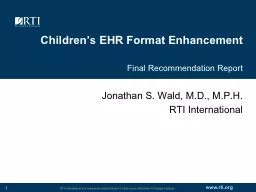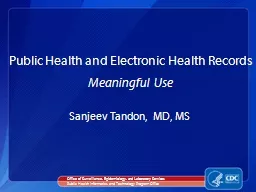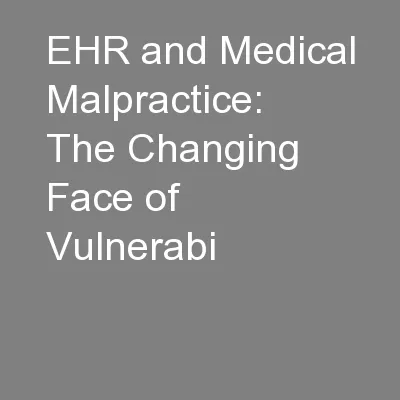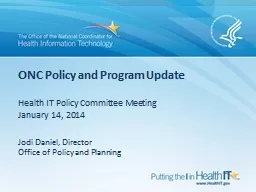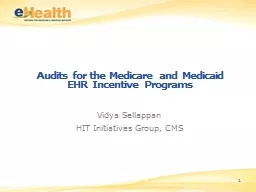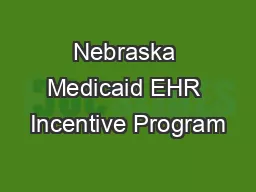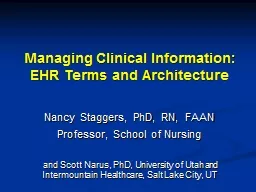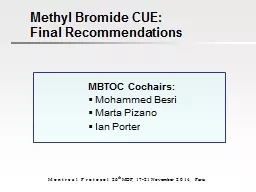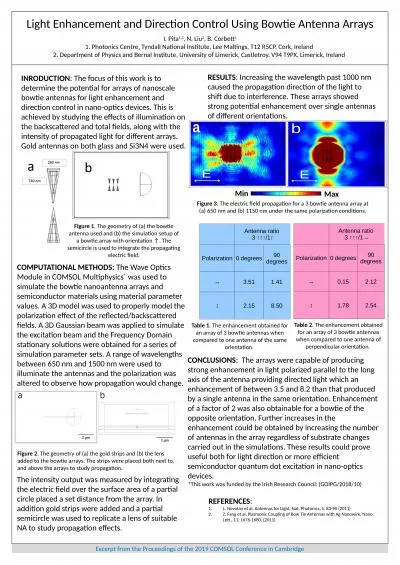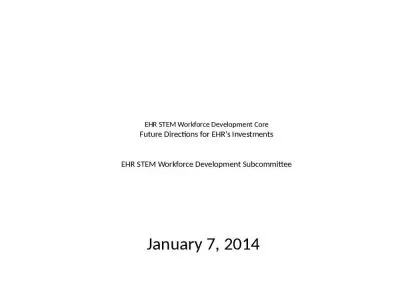PPT-Children’s EHR Format Enhancement Final Recommendation Report
Author : kittie-lecroy | Published Date : 2019-11-05
Childrens EHR Format Enhancement Final Recommendation Report 1 Jonathan S Wald MD MPH RTI International Project team RTI International Jonathan S Wald MD MPH Jennifer
Presentation Embed Code
Download Presentation
Download Presentation The PPT/PDF document "Children’s EHR Format Enhancement Fina..." is the property of its rightful owner. Permission is granted to download and print the materials on this website for personal, non-commercial use only, and to display it on your personal computer provided you do not modify the materials and that you retain all copyright notices contained in the materials. By downloading content from our website, you accept the terms of this agreement.
Children’s EHR Format Enhancement Final Recommendation Report: Transcript
Download Rules Of Document
"Children’s EHR Format Enhancement Final Recommendation Report"The content belongs to its owner. You may download and print it for personal use, without modification, and keep all copyright notices. By downloading, you agree to these terms.
Related Documents

